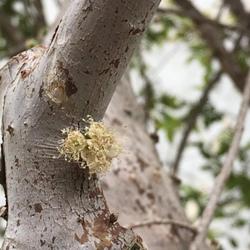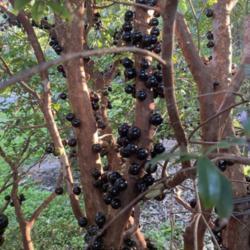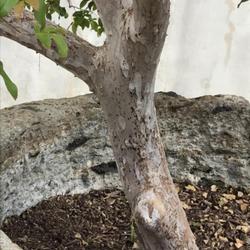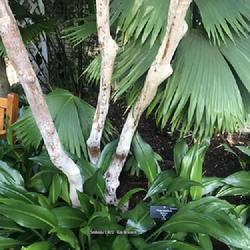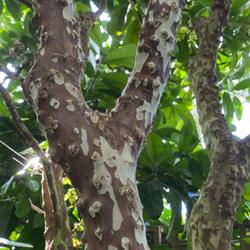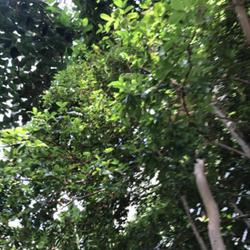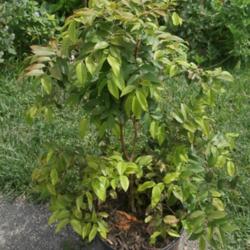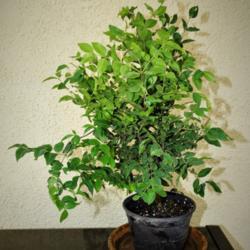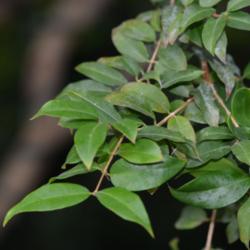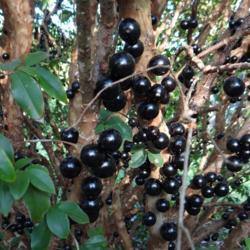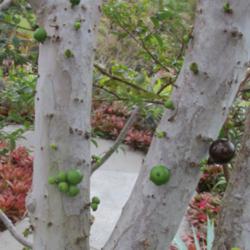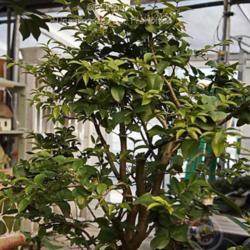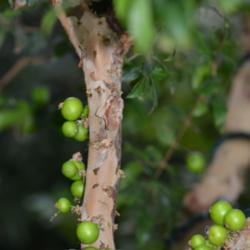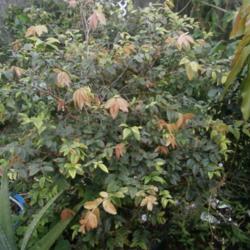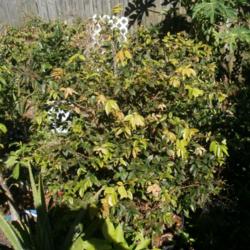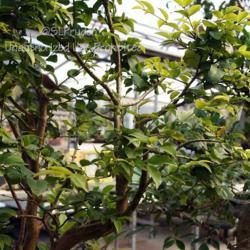| Plant Habit: | Tree |
| Life cycle: | Perennial |
| Water Preferences: | Wet Wet Mesic Mesic |
| Soil pH Preferences: | Moderately acid (5.6 – 6.0) Slightly acid (6.1 – 6.5) |
| Minimum cold hardiness: | Zone 9b -3.9 °C (25 °F) to -1.1 °C (30 °F) |
| Maximum recommended zone: | Zone 11 |
| Plant Height: | 10 feet to 15 feet |
| Leaves: | Evergreen |
| Fruit: | Showy Edible to birds Other: Thick skinned purplish-black betty encasing a white to rose-pink flesh. The flesh contains one to four seeds. |
| Flowers: | Showy |
| Flower Color: | White Other: Growing directly from the trunk and around branches in a cauliflorous habit. |
| Bloom Size: | 1"-2" |
| Underground structures: | Taproot |
| Suitable Locations: | Patio/Ornamental/Small Tree |
| Edible Parts: | Fruit |
| Eating Methods: | Tea Raw Cooked |
| Wildlife Attractant: | Bees Other Beneficial Insects |
| Resistances: | Humidity tolerant Drought tolerant |
| Containers: | Suitable in 3 gallon or larger Needs excellent drainage in pots |
